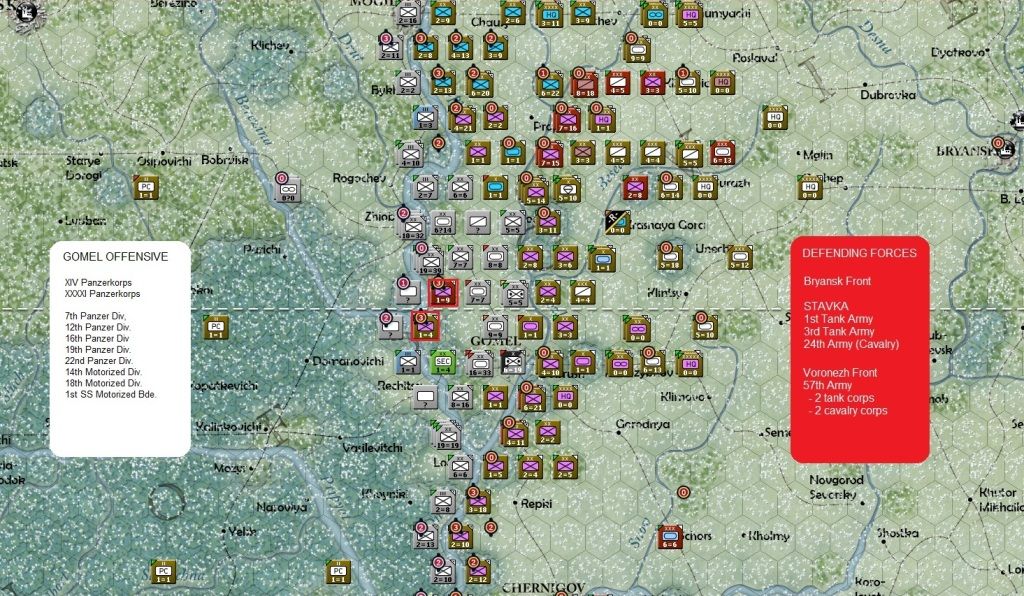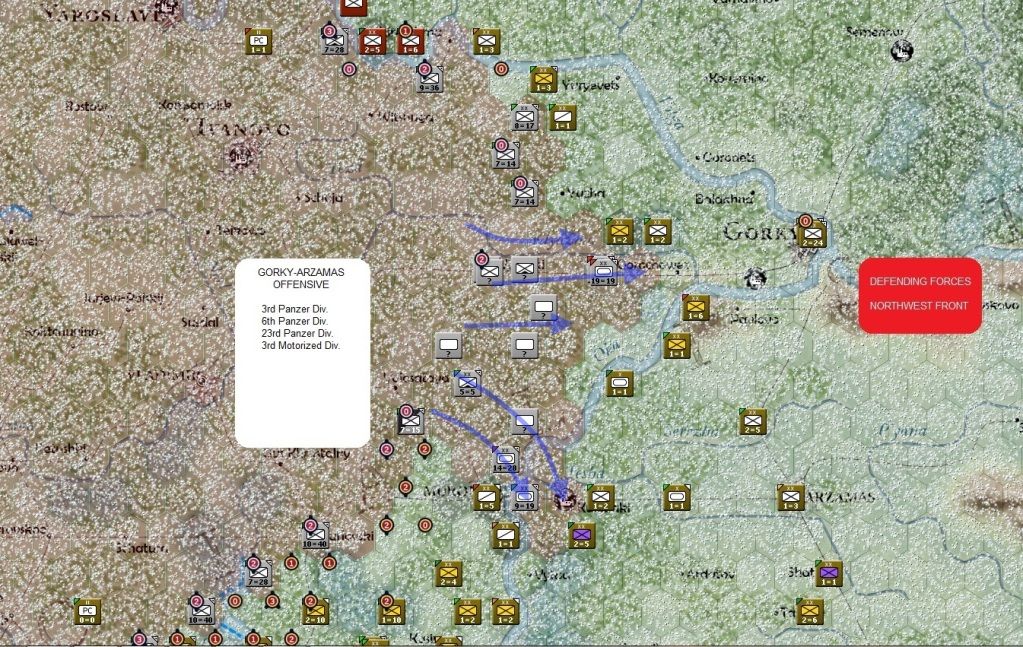M60A3TTS
Posts: 4014
Joined: 5/13/2011
Status: offline

|
WEEK 68 - 1 OCTOBER 1942
September has turned to October, and this marks the end of the German 1942 Summer Offensive. The figures have been analyzed since their operations began on June 4. They show the Axis at a little over 936,000 casualties and replacements bringing the German ready forces down by nearly 500,000 men. 19,000 guns and 3,100 AFVs were also lost with replacements bringing their ready numbers down 4,000 and 1,100 respectively.
Soviet casualties for the 68 weeks of war virtually doubled over the last 17.
Three million men grew to six million lost. Replacements returned half this number to the ranks, bringing the active Red Army down by 1.5 million men. Artillery losses were an astounding 57,000 pieces, but Soviet war production of 34,000 guns during this time meant that the active number of artillery pieces fell only 23,000. AFV losses reached almost 10,000. The intense production of AFVs during this same period meant that the active army AFV force actually grew by several hundred units over the course of the campaign.
Among unit losses, the count included 124 rifle divisions, 4 rifle corps, 1 tank and 1 cavalry corps.
In the air, Axis aircraft lost due to air combat at the start of the campaign was extremely low, only 400. During the summer campaign, over 900 of their aircraft were knocked out of the skies. Soviet AA units claimed another 700 of their own. Operational losses accounted for 500 more.
The VVS in comparison lost some 2,000 aircraft in air-to-air combat. This meant a win ratio of slightly over 2-1 in favor of the Axis. Flak losses accounted for 500 downed aircraft, in this one instance less than what the enemy lost by comparison. Operational losses accounted for another 1,000 aircraft, twice that of the Luftwaffe.
Ready aircraft numbers were the least changed in the course of the campaign, as compared to the other ground forces. German ready aircraft were only 500 less at the end than when the offensive began, while Soviet ready aircraft increased by 1,000. This leaves a 4:1 advantage in current ready aircraft between the VVS and the Luftwaffe.
In terms of lost territory, all of the area was in the northern part of the country which unfortunately includes Moscow. The loss of the industry at Gorky was significant, including about 20% of T-34 tank production. But the Soviet industrial machine is still capable of meeting the needs of the current force.
In the center and south, the front lines has remained largely stabilized as both sides settled in along their respective sides of the Dnepr.
Soviet production factory losses during the 1942 campaign
Rail 239>187 -22%
Manpower 2871>2640 -8%
Vehicle 90>80 -11%
Heavy Industry 138>123 -11%
Oil, fuel, resources no change
Arms 320>318
The numbers below show the Week 51 stats on the left and week 68 stats on the right.

< Message edited by M60A3TTS -- 6/23/2012 1:11:17 AM >
|
 Printable Version
Printable Version




































 New Messages
New Messages No New Messages
No New Messages Hot Topic w/ New Messages
Hot Topic w/ New Messages Hot Topic w/o New Messages
Hot Topic w/o New Messages Locked w/ New Messages
Locked w/ New Messages Locked w/o New Messages
Locked w/o New Messages Post New Thread
Post New Thread